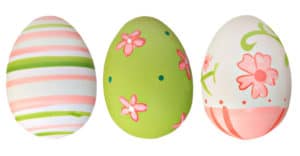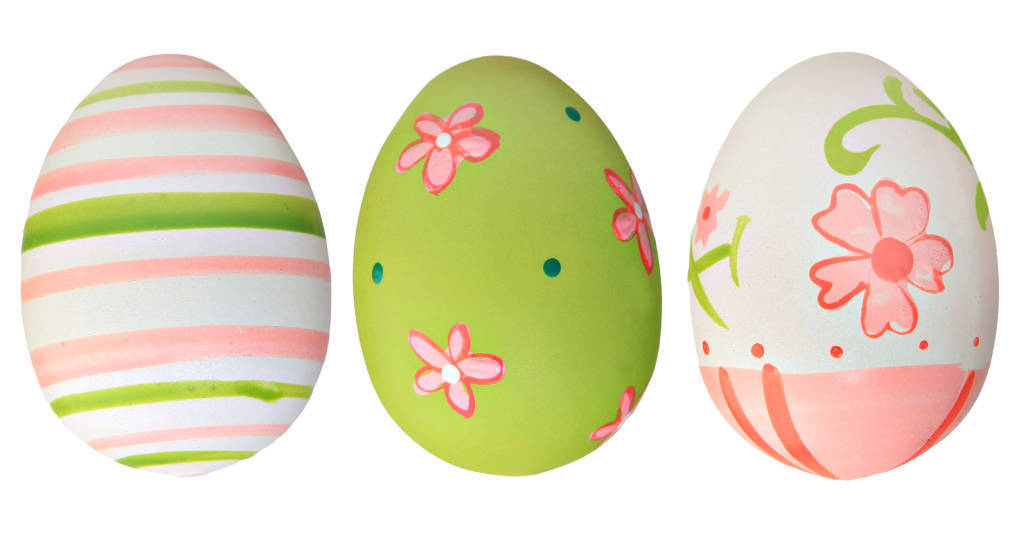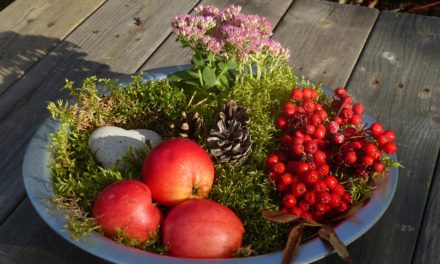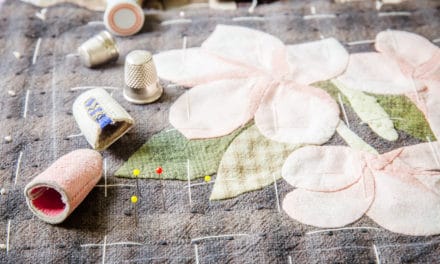 Do you love those Eastern European dyed eggs, but just can’t see investing all the time and effort to wax, dye, and re-dye something that can get broken so easily. Of course, the ephemeral quality of real egg shells can add to the value of those collector’s eggs, but at least until the kids are a certain age, they are best seen at a distance.
Do you love those Eastern European dyed eggs, but just can’t see investing all the time and effort to wax, dye, and re-dye something that can get broken so easily. Of course, the ephemeral quality of real egg shells can add to the value of those collector’s eggs, but at least until the kids are a certain age, they are best seen at a distance.
To make yourself or a loved one a lasting decorative work of art, try wooden eggs. They can be painted with acrylic paint and varnished with acrylic varnish. As an alternative, use watered down latex paint. (Not too thick, or it might crack and peel.) Check your varnish with it on a piece of cardboard so you can see if you like the results. Even marking pens can be used for the decorative work, but here again, be careful of the varnish as water-based products can make even permanent markers run. Make sure all your paints or markers are thoroughly dried before applying varnish. If you want a crackle effect, apply regular white glue over the dried painted surface. When still tacky, but nearly dry, apply varnish carefully without “pulling” the glue. A thicker coat of glue should make a larger crackle. Let the whole project dry at least overnight before displaying.
Fresh out of ideas for your designs? Look around you. Even the most creative people do not work in a vacuum. “Natural” things have often been used as inspiration. Even if you use copyright-free designs, or an “in the style of” design, it’s a good idea to add your own changes and touches to make it your own project. If you can completely design and paint freehand, do so. If you need to, draw lightly with a pencil over the raw wood or a dry base coat. Symmetrical designs are hard on an egg, but if you draw carefully you shouldn’t need to measure. If you’re not satisfied with free drawing, use rubber bands around the egg to divide it.
Above all, have fun!












